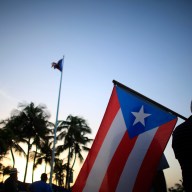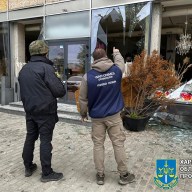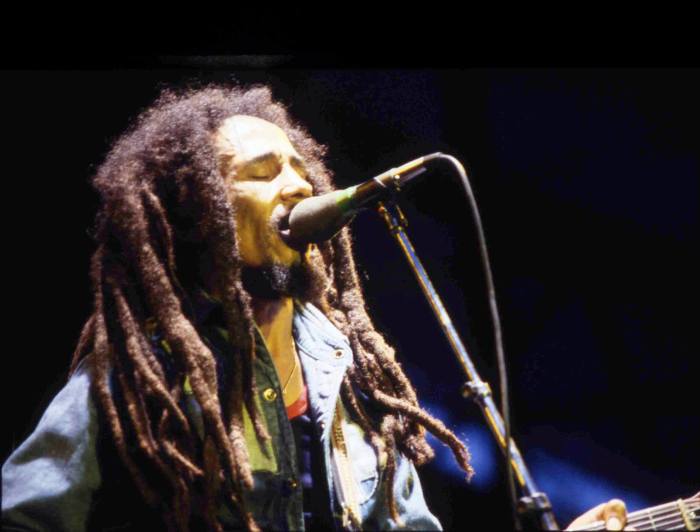 Danai Gurira plays a new bride struggling to get pregnant in the Brooklyn-set “Mother of George.”
Danai Gurira plays a new bride struggling to get pregnant in the Brooklyn-set “Mother of George.”
Credit: Oscilloscope Laboratories
‘Mother of George’
Director: Andrew Dosunmu
Stars: Danai Gurira, Isaach de Bankole
Rating: R
4 (out of 5) Globes
“Mother of George” almost never goes outside, and when it does it’s shocking that “outside” is New York City. Andrew Dosunmu’s atmospheric drama is set in Crown Heights, which, like many of Brooklyn’s neighborhoods, is both diverse and, for its individual groups, closed-off. The focus is a Nigerian community that has recreated a facsimile of home amid asphalt and tiny row home apartments. The majority of the film simply soaks up the feel of the place, its culture and its people — an otherworldly scene that could be charged with anthropological condescension were its maker not one of its own. As such, it’s an exclusive gateway into a microcosm.
It’s a testament to the slender tale that eventually crops up that it doesn’t try to ruin the mood till it’s almost over — and even then it’s a good fight. Danai Gurira (of “The Walking Dead”) plays Adenike, a recent Brooklyn transplant who has just wed Ayodele (Isaach de Bankole). She is expected to give him a son; unfortunately he appears to be barren. He’s also incredibly stubborn and refuses a doctor’s appointment. But her pushy mother-in-law offers a solution, even if it’s one that would shock any culture.
For most of its length, this plot is buried in the background, often literally. Dialogue is rarely decipherable, with characters chatting in the middle of tableau-like shots that place them like objects within the frame. The cinematographer is Bradford Young, the up-and-coming superstar of “Pariah,” “Middle of the Road” and “Ain’t Them Bodies Saints.” He’s made a name for himself daring to shoot in the dimmest lighting possible. Only Gordon Willis with “The Godfather Part II” went as far as Young does here. The actors are sometimes just barely distinguishable in dark rooms; usually the pitch black is punctuated only by loud, beautiful clothes.
Oddly, the gradual pacing, with scenes that stress the pace of chill human interaction over narrative thrust, helps make the third act more powerful: The genuine catastrophe that results is made even more intense by the shagginess that preceded it. The climactic events could stand to be even headier. It becomes the kind of tale Iranian filmmaker Asghar Farhadi (“A Separation,” the forthcoming “The Past”) would tackle.
But Dosunmu is not a dramatist. He’s a former photographer whose films (including “Restless City”) have a strong pictorial quality. He was smart to hire a playwright (Darci Piccoult) to handle the narrative aspect, but the film’s ambiguous ending still feels miscalculated, as though it needed something more. Nevertheless, it’s closer to a great drama than it sometimes thinks it is. Besides, it’s already a great anthropological hang-out film.
















